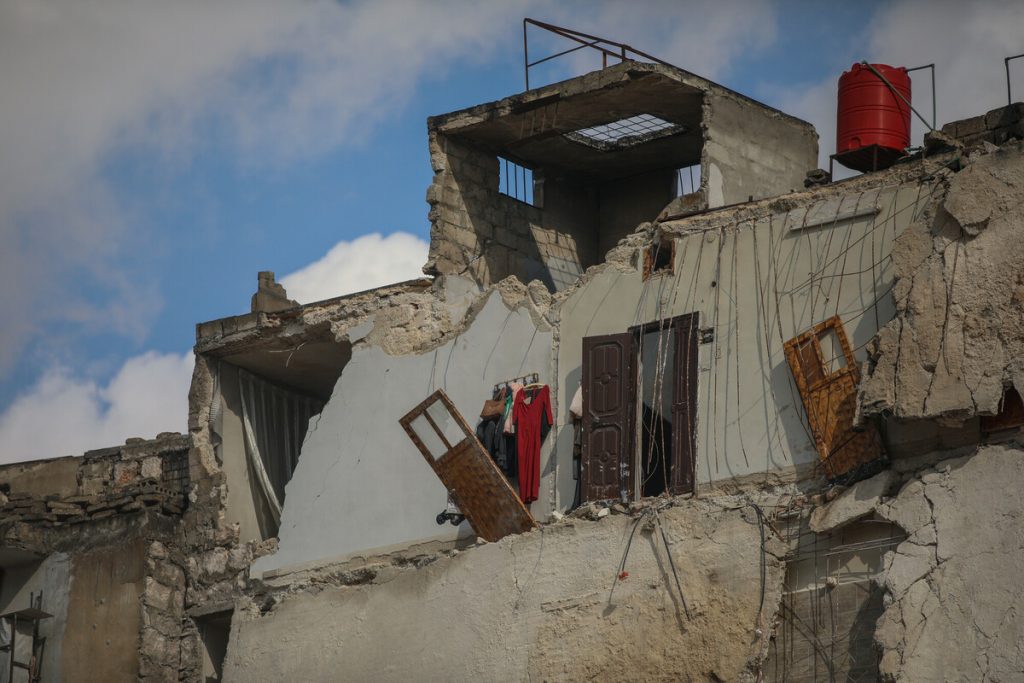5 hotspots where COVID-19 is making people hungry
Unlike COVID-19, hunger is not new. Millions of people were already living in hunger due to conflict, the effects of climate crisis, and the broken food system. But the pandemic is increasing inequality and making everything so much worse. Whilst the better off have enough food and can work at home, job losses, limits on movement, and difficulties in delivering humanitarian aid are all having a devastating impact for people living in poverty.
We estimate that up to 12,000 people a day could die from hunger driven by the pandemic – potentially more than from the virus itself. Poor women are likely to be worst affected by the hunger crisis because they make up a big proportion of small-scale farmers and informal workers, groups hit hardest by the economic downturn. Already, women are more likely to live in hunger than men in every continent.
Here are five of the worst hotspots where COVID-19 is fueling hunger. In all five countries, as well as in 61 other countries, Oxfam is on the ground, helping the poorest and most marginalized people.
1. Yemen
Ravaged by more than five years of war, Yemen is experiencing the worst humanitarian and food security crisis in the world. Two-thirds of the population – 20 million people – are hungry.Despite the Coronavirus pandemic killing at least 250 people in Yemen, fighting has continued, and humanitarian aid is not reaching people in need.In March, food imports were down 43% compared to last year – a worrying statistic given that the country imports 90% of its food.
Oxfam is rehabilitating the water supply to one of the main hospitals in Aden, providing cash assistance to families affected by flooding in the south of the country, and training community health volunteers to provide information about COVID-19 and the importance of hygiene and hand washing. Over the past five years, Oxfam has reached more than three million people across Yemen with essential humanitarian aid.
2. Afghanistan
People in Afghanistan have been affected by conflict for decades. On top of this, extreme droughts have made it hard to grow food in recent years.
The closing of borders to limit the spread of COVID-19 has seen food prices rocket, and the number of people on the brink of famine has risen sharply from 2.5 million in September 2019 to 3.5 million in May 2020.
Since January 2020, Oxfam has assisted 200,336 people in Afghanistan with cash, food and agricultural materials, such as seeds and fertilizers.
3. Venezuela
Before the pandemic, Venezuelans were already struggling with a major economic crisis — the minimum monthly wage of $4 was barely enough to buy a box of eggs. Since the government announced a nationwide lockdown on 13 March, many people are having to reduce the quantity and quality of food. Indigenous communities are amongst the worst affected, as the closing of public transport means they are forced to walk for kilometres or paddle for days to buy or barter for food.
In Venezuela, Oxfam works through local organizations that provide cash transfers to help people buy food and other essentials, promote hand washing and other measures to contain the spread of COVID-19, and provide legal advice and support to those who have suffered human rights violations.
4. Sahel region of West Africa
For the last 11 years, this region – made up of Burkina Faso, Chad, Mali, Mauritania, Niger, Nigeria and Senegal – has had the fastest growing hunger crisis in the world. Rising violence has forced 4.3 million people in the region to flee their homes. Now, measures to contain the pandemic have worsened access to markets, food production and food prices. The lockdowns imposed in many cities have had a significant impact on producers – many of whom are women – with fruit, vegetables and milk going to waste because of market closures.
Oxfam is helping more than 400,000 vulnerable people cope with the pandemic in the Sahel, including through building 107 water pumps in Burkina Faso for people who have fled violence. In Senegal, Oxfam is distributing hygiene kits, food and cash, and raising awareness of prevention measures like hand washing.
5. South Sudan
80% of people in South Sudan rely on farming to make a living. But the climate crisis is making this increasingly difficult, and recent droughts and floods have destroyed crops and killed livestock. Seven years of protracted conflict and violent extremism has forced millions from their homes and had a devastating impact on domestic food production. Although it’s not clear how much COVID-19 has spread inside the country, the lockdown has disrupted food supplies from coming in from Uganda and Kenya, and food prices have risen rapidly.
Oxfam was at the forefront of tackling food insecurity in South Sudan even before the pandemic. In response to the pandemic, Oxfam has scaled up its programs, providing more than 153,500 vulnerable women and men with cash to enable them to buy food and essential commodities, such as soap and sanitizers.

